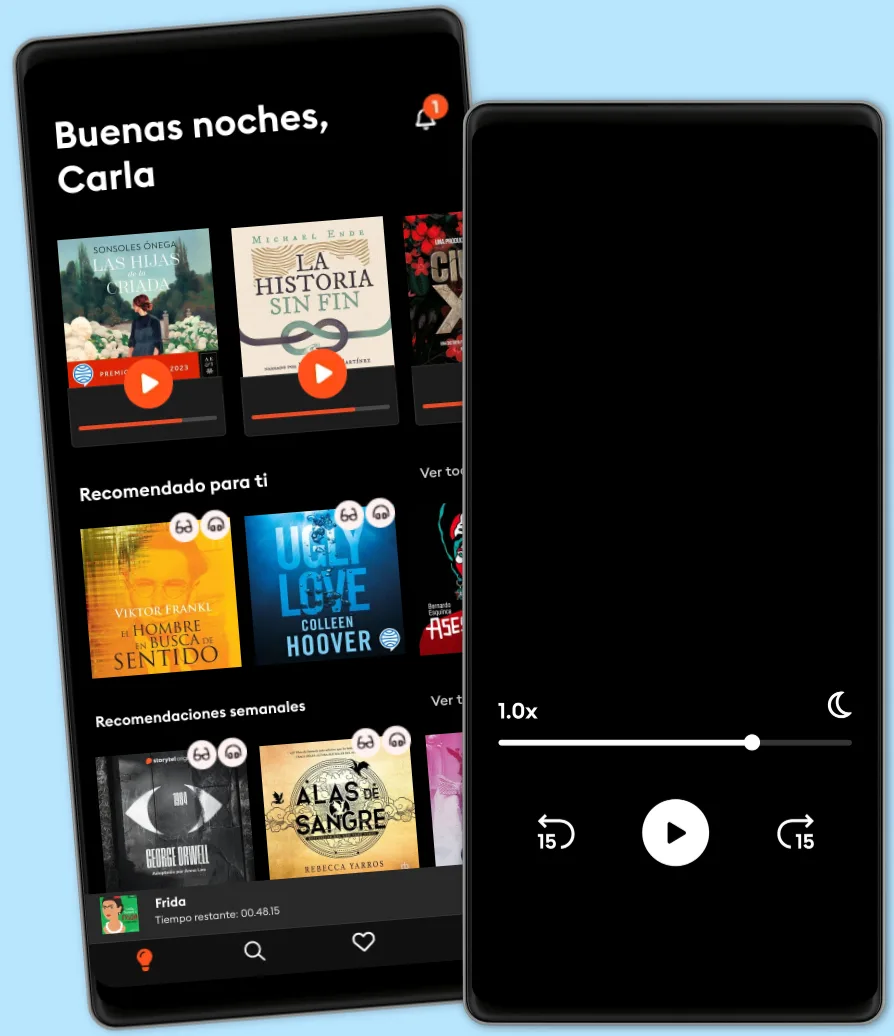#269 - Good vs. bad science: how to read and understand scientific studies
- Por
- Episodio
- 311
- Publicado
- 4 sept 2023
- Editorial
- 0 Calificaciones
- 0
- Episodio
- 311 of 429
- Duración
- 1H 50min
- Idioma
- Inglés
- Formato
- Categoría
- Crecimiento personal
View the Show Notes Page for This Episode Become a Member to Receive Exclusive Content Sign Up to Receive Peter's Weekly Newsletter This special episode is a rebroadcast of AMA #30, now made available to everyone, in which Peter and Bob Kaplan dive deep into all things related to studying studies to help one sift through the noise to find the signal. They define various types of studies, how a study progresses from idea to execution, and how to identify study strengths and limitations. They explain how clinical trials work, as well as biases and common pitfalls to watch out for. They dig into key factors that contribute to the rigor (or lack thereof) of an experiment, and they discuss how to measure effect size, differentiate relative risk from absolute risk, and what it really means when a study is statistically significant. Finally, Peter lays out his personal process when reading through scientific papers. We discuss: • The ever-changing landscape of scientific literature [2:30]; • The process for a study to progress from idea to design to execution [5:00]; • Various types of studies and how they differ [8:00]; • The different phases of clinical trials [19:45]; • Observational studies and the potential for bias [27:00]; • Experimental studies: randomization, blinding, and other factors that make or break a study [44:30]; • Power, p-values, and statistical significance [56:45]; • Measuring effect size: relative risk vs. absolute risk, hazard ratios, and "number needed to treat" [1:08:15]; • How to interpret confidence intervals [1:18:00]; • Why a study might be stopped before its completion [1:24:00]; • Why only a fraction of studies are ever published and how to combat publication bias [1:32:00]; • Frequency of training for Olympic weightlifting [1:22:15]; • How post-activation potentiation (and the opposite) can improve power training and speed training [1:24:30]; • The Strongman competition: more breadth of movement, strength, and stamina [1:32:00]; • Why certain journals are more respected than others [1:41:00]; • Peter's process when reading a scientific paper [1:44:15]; and • More. Connect With Peter on Twitter, Instagram, Facebook and YouTube
Escucha y lee
Descubre un mundo infinito de historias
- Lee y escucha todo lo que quieras
- Más de 1 millón de títulos
- Títulos exclusivos + Storytel Originals
- Precio regular: CLP 7,990 al mes
- Cancela cuando quieras

Otros podcasts que te pueden gustar...
- El ABC para hablar en públicoGhalí Martínez
- El podcast de Cristina Mitre, Summer EditionPodium Podcast
- ¿Cómo comes?Cadena SER
- Storie ConsapevoliGionata Agliati
- Ask a ScientistScience Journal for Kids
- Sotto pressione - Come uscire dalla trappola del burnoutAlessio Carciofi
- IgnifugheFederica Fabrizio
- Vishnu Ki Secret LifeThe Quint
- Unstoppable Woman with Shailja SaraswatiDentsu Podcast Network
- Story Of LanguagesSnovel Creations
- El ABC para hablar en públicoGhalí Martínez
- El podcast de Cristina Mitre, Summer EditionPodium Podcast
- ¿Cómo comes?Cadena SER
- Storie ConsapevoliGionata Agliati
- Ask a ScientistScience Journal for Kids
- Sotto pressione - Come uscire dalla trappola del burnoutAlessio Carciofi
- IgnifugheFederica Fabrizio
- Vishnu Ki Secret LifeThe Quint
- Unstoppable Woman with Shailja SaraswatiDentsu Podcast Network
- Story Of LanguagesSnovel Creations
Español
Chile